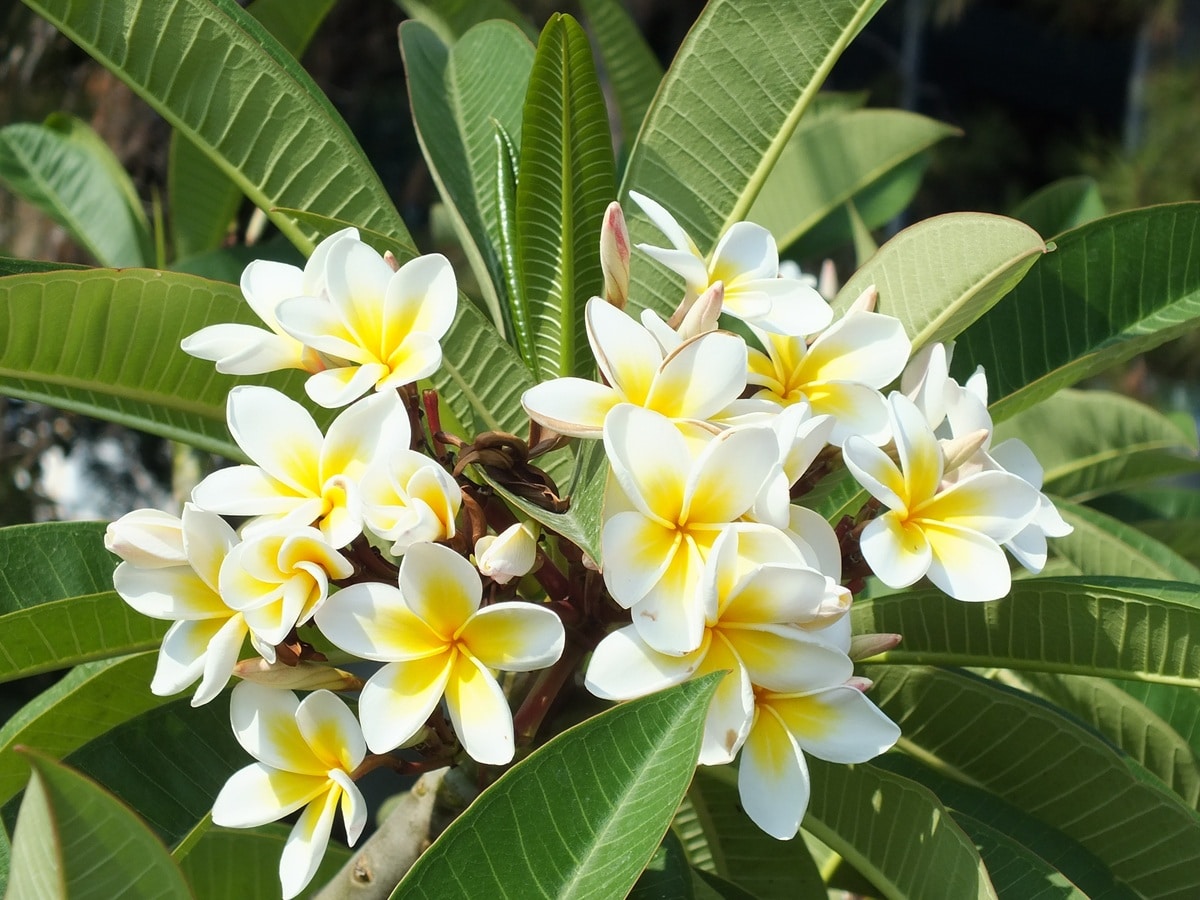
Plumeria, also called frangipani, is a large tree or shrub of tropical origin whose flowers are not only beautiful, but also smell wonderful. For this reason, if you dare to buy a copy, you must learn to take care of it because, in this way, you will have the opportunity to see it flourish.
But is it necessary to plant it in the ground? The truth is that no. Its roots are not aggressive, and it is not a plant that grows too tall either. In fact, it is very easy to have a potted plumeria. Next I will tell you how I take care of mine.
Sun or shade?
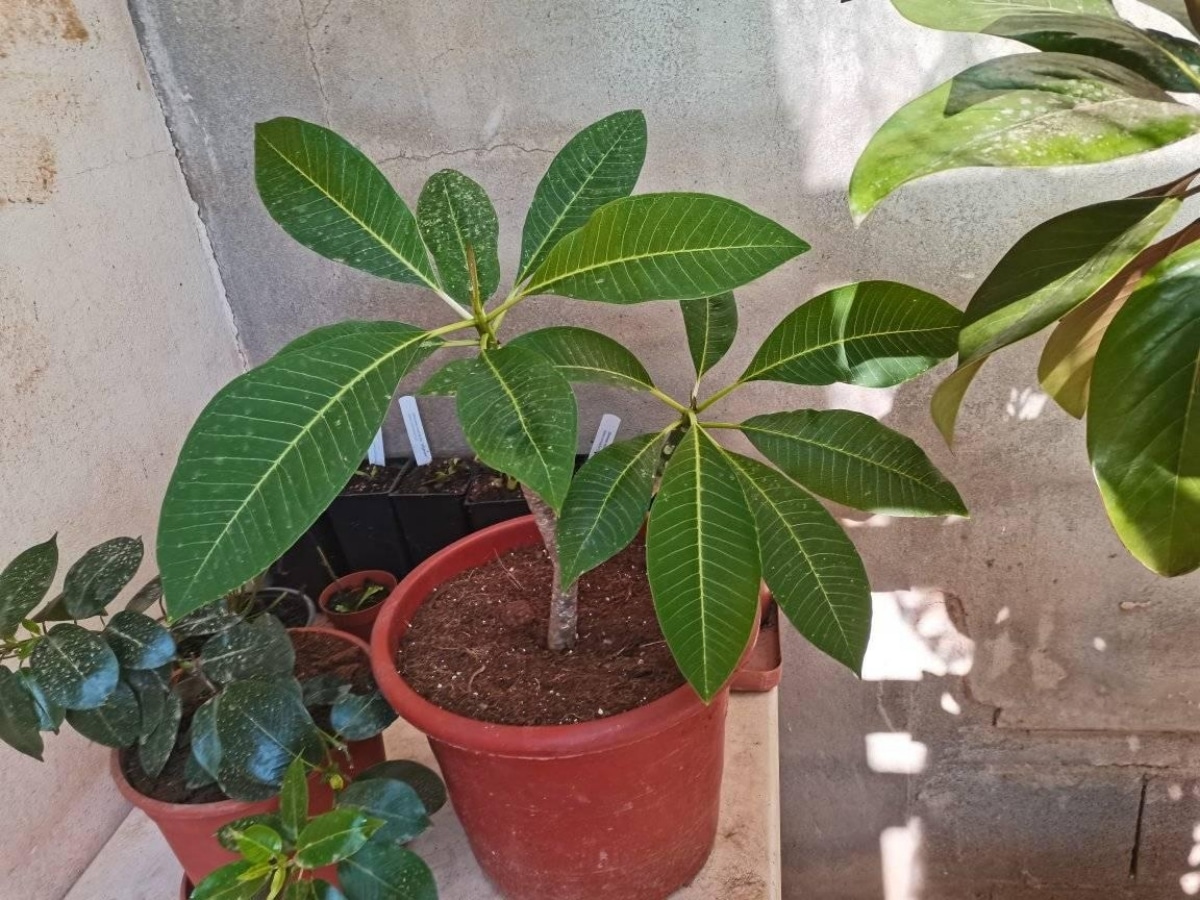
Specimen of my collection, in shade.
This is a plant that it grows in full sun, but I've been doing experiments for a few years with mine and the truth is that I find it prettier when it's a little protected. If it gets direct sun, it tends to grow narrower and somewhat shorter leaves, because the degree of insolation is so high that it "burns".
I have even thought many times of having it inside the house throughout the year, since we have a room with two windows through which a lot of light enters. Therefore, if you live like me in the Mediterranean or in an area where it is very hot in summer, it is interesting that you have it in the shade; Now, if, on the other hand, the temperatures are mild, you could have it beautiful in full sun.
What pot should I put in it?
The pot, although it is very important, is not really something that should concern us as much as, for example, the substrate that we will talk about later. I mean, as its root system is not invasive, it will be the same to plant it in a plastic one or in a clay one. But yes, for comfort, if the winters are cold in our area, I recommend the plastic ones since it will cost less to move it from one place to another.
Now, what every pot must have for the plumeria to grow healthy, are holes at its base. It does not tolerate excess water in its roots, so we cannot risk planting it in a container without holes, because no matter how much and how well we control the irrigation, we would end up losing it. For this reason, it is also very important that, if we put a plate under it, we drain it after watering.
When should you transplant a potted plumeria?
In general, it has to be done if the roots stick out of the holes in the pot. But this sometimes does not happen, which can make us think that you do not need a larger one. That's why, every two years it doesn't hurt to see if you need it or not by doing the following:
- Take the plumeria with one hand, by the base of the trunk, and with the other, hold the pot.
- Pull the plant up, as if you were trying to pull it out. If it doesn't come off, tap the pot to loosen the soil and try again.
- If you see that when you extract it a little, the soil or root ball does not crumble, then you will have to plant it in a pot that measures about 7 or at most 10 centimeters in diameter more than the size of the one you are currently using.
What substrate do you need?
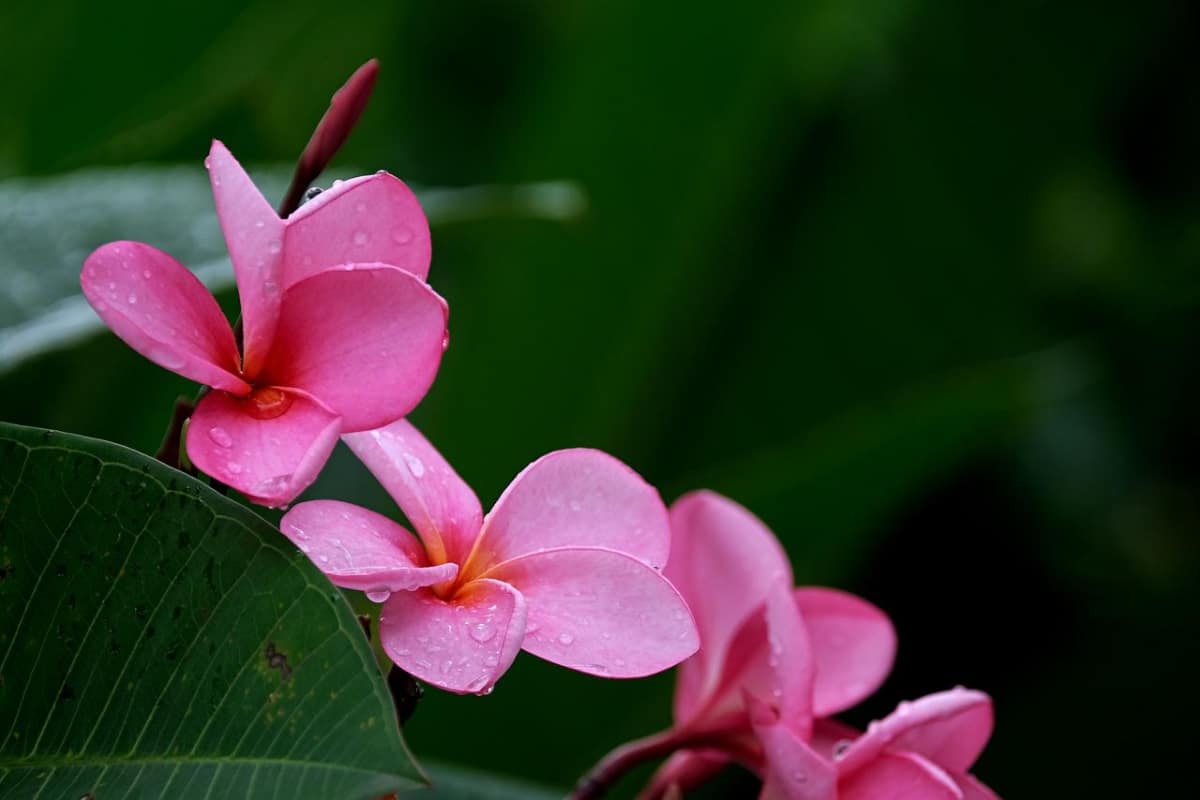
The substrate, or cropland, is the medium in which the roots will develop. Therefore, it must be of quality if we want them to grow healthy. From experience, I strongly advise avoiding brands that are not only little or nothing known, but are also very cheap. Be careful: I'm not saying they're bad, but sometimes you buy a bag thinking it's good, and when you open it you find pieces of branches or even insects... The branches are fine, they're removed and that's it, but there shouldn't be any insects .
I have tried many types of substrates, and In the end, if I have to recommend some brands, it would be these:
- Flower
- Westland
- fertiberia
- weedness
But What type of substrate should be put on it exactly? Well, the one they call »universal». In any case, you could also add coconut fiber (for sale here), as it is spongy and drains water well.
How many times should a potted plumeria be watered?
Esto It will depend on the weather conditions in the area.: for example, during the summer in the Mediterranean, with temperatures that are between a minimum of 20ºC and 30ºC (at some points they are 40ºC or more), it is necessary to water frequently, about 3 or 4 times a week, since that the land dries quickly, because in that season it does not usually rain. But if it is grown in a place where it rains often, then the frequency of watering will be less.
And the same will happen if it is kept indoors: since it does not get direct sunlight, the soil remains moist for longer. This is an advantage during the summer season: on the one hand, the plant can stay hydrated for more days without problems, and on the other hand, we save some water; but In winter, as temperatures drop and the plumeria begins to grow more slowly, we have to space out the watering.
Does it have to be paid?
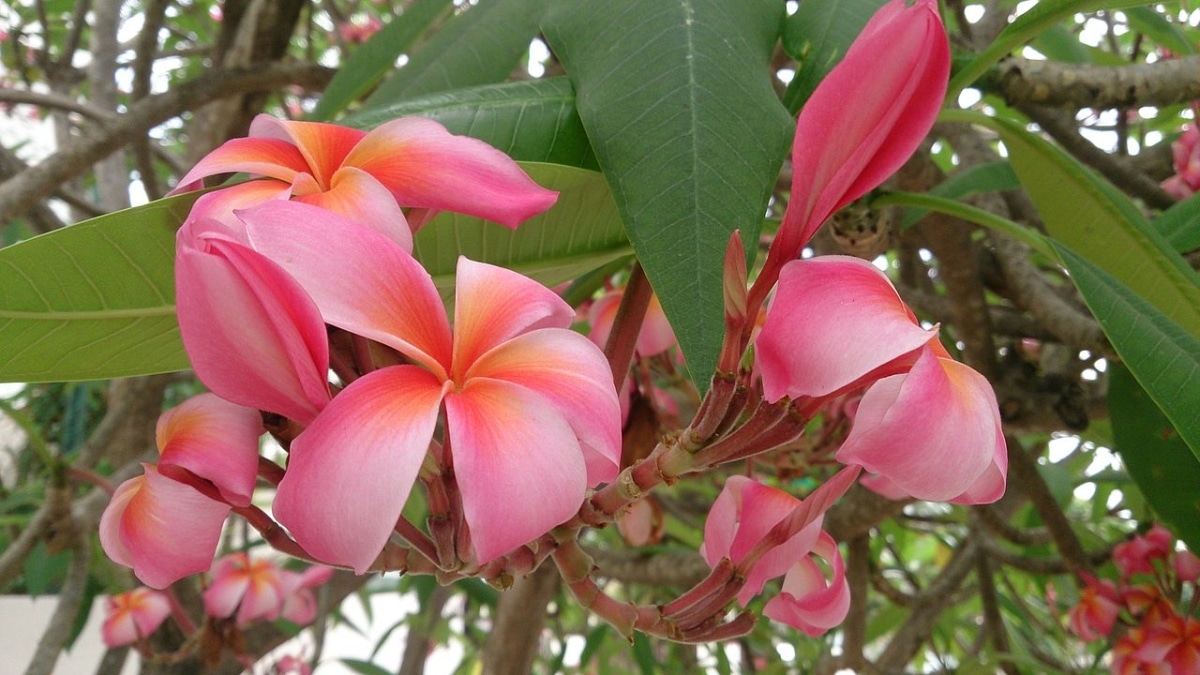
Image - Wikimedia / Mokkie
Plumeria is a plant that can not only live on water. Although it is essential for life, it cannot lack "food", that is, nutrients. And these nutrients are obtained from the earth… if it is nutritious. When it is planted in a pot, and since doing so requires a new substrate, the normal thing is that the subscription can be postponed until after a year or so, depending on what type of substrate we use.
Now, It is highly recommended to start fertilizing it the first year, just one week after planting it in the pot. (and whenever it is spring or summer, because the rest of the year must not be paid). To do this, we will use fertilizers or liquid fertilizers, either universal or an ecological one, such as earthworm humus or guano (for sale here). Remember to follow the instructions for use so that the roots do not burn.
Do you need protection against the cold?
Unfortunately, the plumeria does not resist temperatures below zero, except for the Plumeria rubra var acutifolia that it does hold up to -2ºC if they are frosts of very short duration and punctual. But to avoid risks, it is best to bring it home when the thermometer starts to show less than 18ºC.
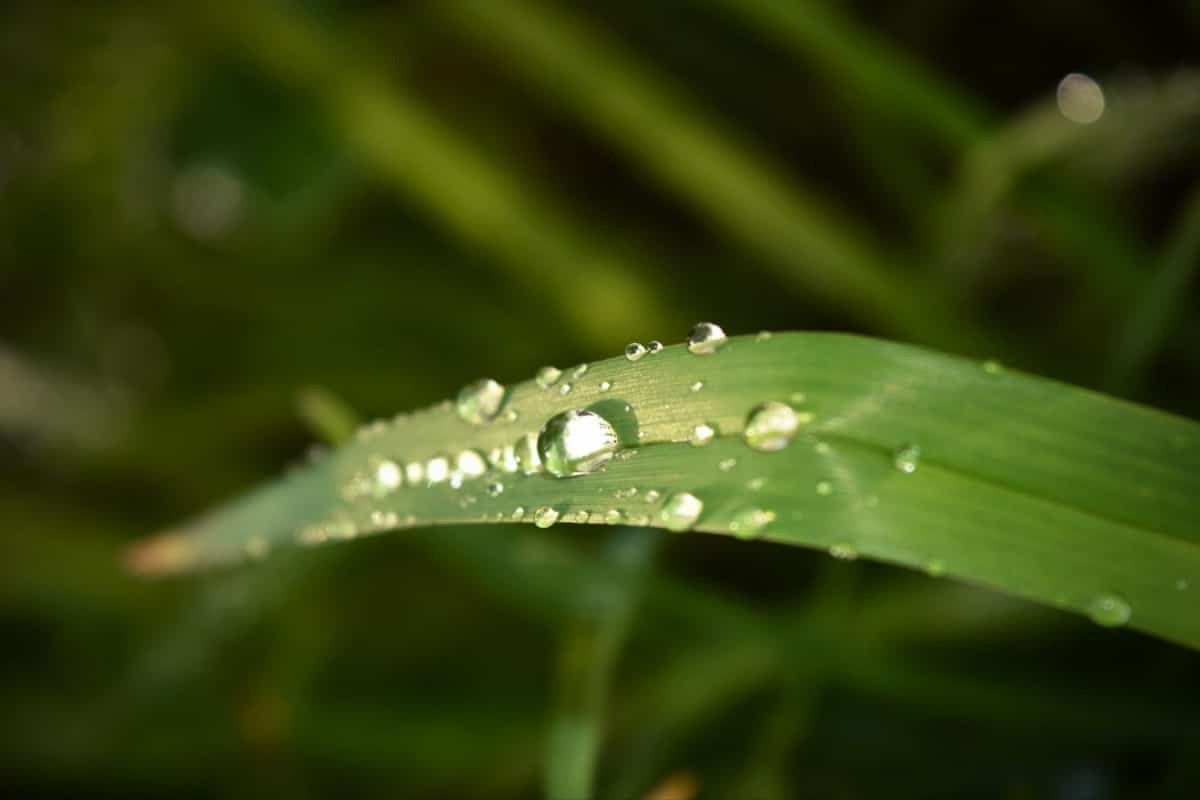
It will be placed in a room where there is a lot of light, and away from drafts. Likewise, if the humidity is very low, we spray its leaves with water without lime (or suitable for consumption) daily.
I hope that these tips will be useful for your plumeria to be as beautiful as the first day.